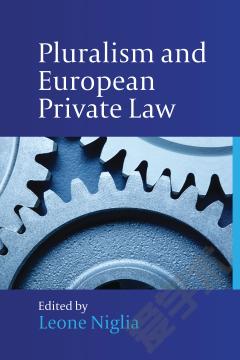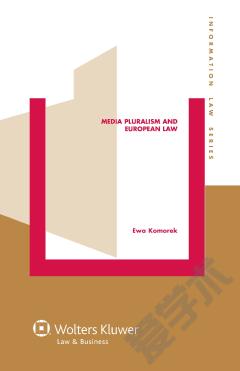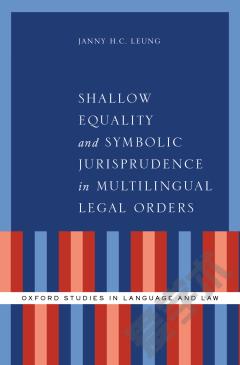Multilingualism and the Harmonisation of European Law
As European lawyers dealing with cross-border issues quickly learn, the terms contract, contrat, and contratto signify three very different legal concepts. This illustration highlights the importance of studying the relationships between language and law, particularly in the context of strong pressure from the European Community to harmonise the laws of the Member States a process which appears difficult, if not impossible, unless there is an understanding of the profound differences which exist between the various legal systems, and the development of a common European legal language from the 21 official languages now a feature of the European Union.This admirable collection of essays brings together the work of practitioners and scholars in three fields pertinent to this endeavour: representatives of Community institutions who are involved in drafting, translating, and interpreting multilingual texts; jurists and comparative lawyers from both civil law and common law systems; and researchers in linguistics and language issues. Among the many relevant matters they discuss are the following:terminologies of rights and remedies;the role of the European Court of Justice as interpreter;multilingualism in parliamentary practice;the role of the European Commissions legal revisers; andtranslation at the European Court of Justice.The essays were originally presented as papers at a conference held in Como in April 2005, organised by the Faculty of Law of the University of Insubria together with the Centro Interuniversitario di Ricerca in Diritto Comparato (Interuniversity Centre for Research in Comparative Law) set up by the Universities of Milan, Bologna and Insubria. This event took place in the context of a research project co-financed by the University of Insubria and the Italian Ministry of Education, University and Research. The particular objective of the conference was to make a comparison between the day-to-day working requirements within the Community institutions, each with its own particular needs, and the longer-term analysis which the academic world could bring to bear on the problems of the translatability of legal terms.As the first in-depth appraisal of this crucial matter, this book cannot fail to find interested readers among all the branches of European law, practitioners and scholars, local and international. It is sure to be a highly valuable resource for many years to come.
{{comment.content}}








 京公网安备 11010802027623号
京公网安备 11010802027623号